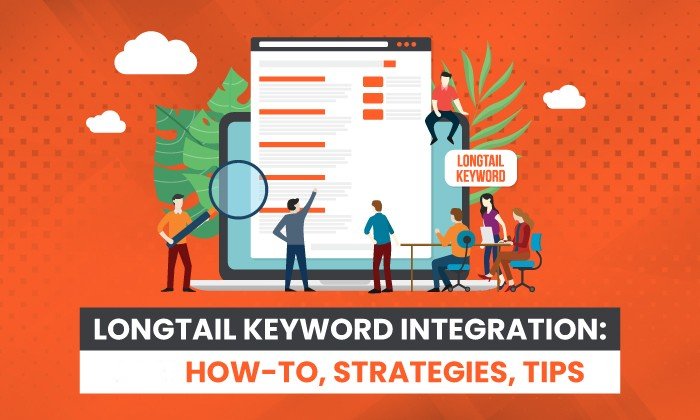Smarter SEO Keyword Analysis: How to Choose Terms That Drive Results
By Theresa Meis
Keyword targeting is one of the most important — and often misunderstood — aspects of content strategy. Too often, brands focus on high-volume terms without considering whether those keywords will actually drive meaningful traffic, conversions, or business impact. Search volume and difficulty metrics might seem like solid benchmarks, but they don’t tell the full story.
Decisions should be driven by which keywords you should rank for, not simply which ones you can rank for.
In this post, we’ll break down how to strategically analyze and prioritize keywords, so you can focus on the ones that truly matter, not just the ones that look good on paper.
Why thoughtful keyword analysis matters
If you’re still choosing keywords based on search volume and difficulty alone, you’re only seeing part of the picture. While those metrics provide a starting point, there’s more insights to be gained by digging deeper. Here’s why:
AI overviews are changing the game. With Google’s Search Generative Experience (SGE) and zero-click results, many high-volume, top-funnel keywords won’t drive the traffic they once did. Dale Bertrand, CEO of Fire&Spark, shared in a recent CMI post, “According to Microsoft data, traffic from generative AI searches converts significantly better than traditional searches because users are educated within the search platform before visiting your website.” If your keyword strategy doesn’t account for this, you could end up chasing rankings that lead to minimal returns.
Content saturation is real. In fact, 56% of B2B buyers feel there is an “overwhelming amount of available content.” You need to ensure your content stands out and serves a unique purpose. Targeting the same broad terms as everyone else won’t move the needle if competitors already dominate the space.
The right keywords drive the right outcomes. Don’t just chase SEO vanity metrics — think about your broader SEO goals. Does your keyword strategy align with business objectives, search intent, and existing content gaps? “Three things I am always focused on,” notes CMO advisor Sophia Agustina, “are driving quality traffic/leads, generating demand and creating a strong sales partnership so we have the same goals that we can work towards together.” Keeping these outcomes in mind will help your content reach the right audience, support their journey, and ultimately convert.
Why keyword volume and difficulty don’t tell the full story
Many SEO strategies still rely on search volume and keyword difficulty as the primary factors for choosing target terms. These metrics help portray the viability of an opportunity through the lens of search demand and ranking achievability. While they provide useful insights, they don’t tell the full story — and in many …read more
Source:: Top Rank Blog

 Check intent – Does this keyword align with what your audience actually wants?
Check intent – Does this keyword align with what your audience actually wants?






